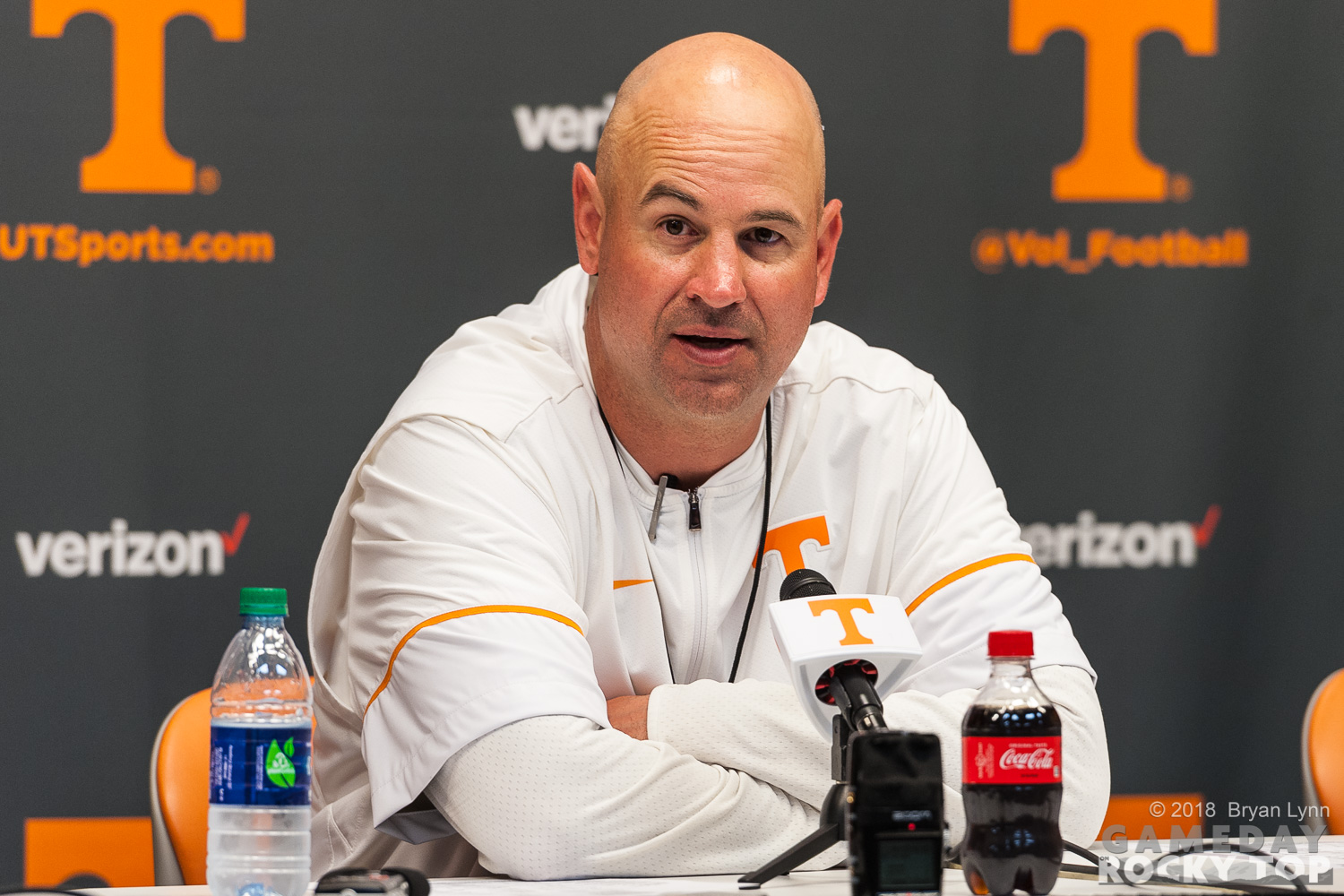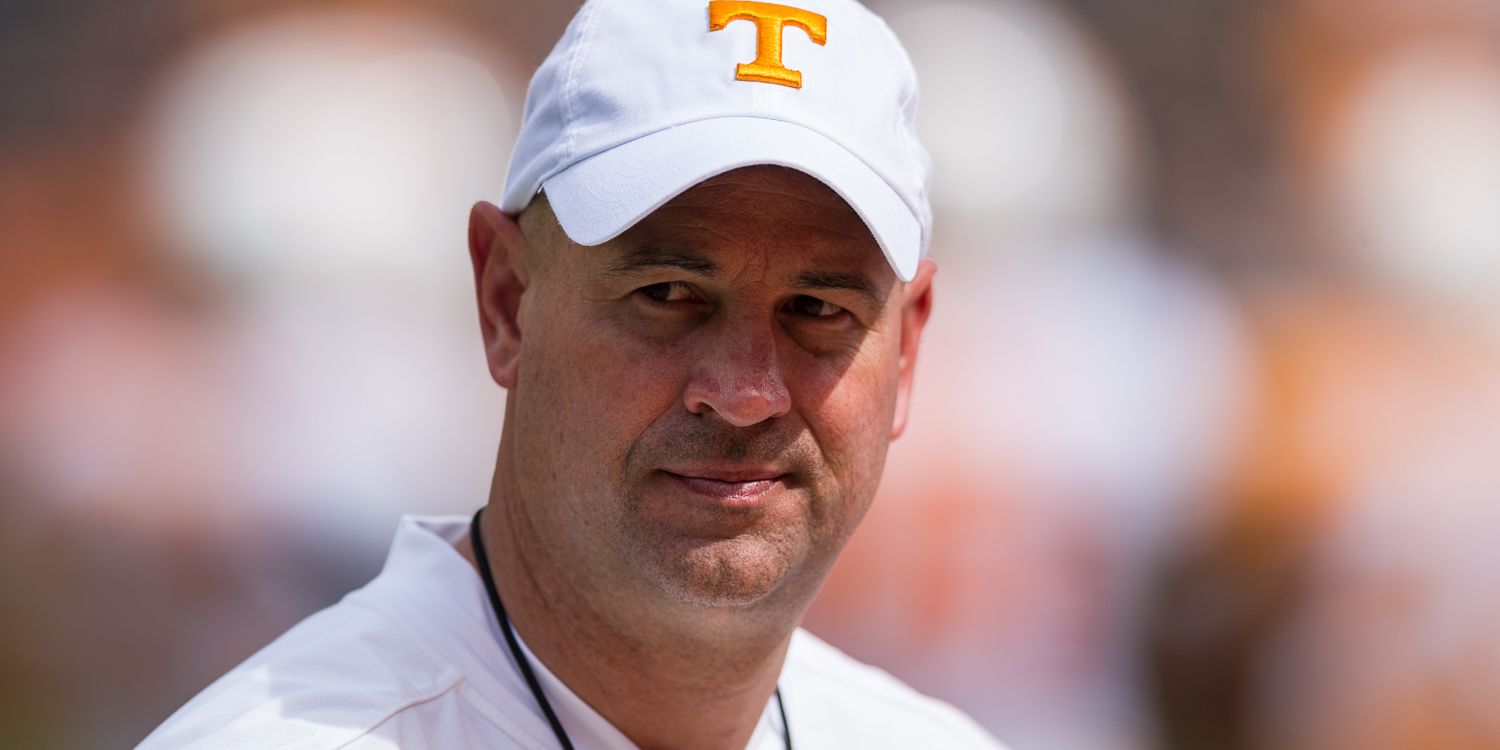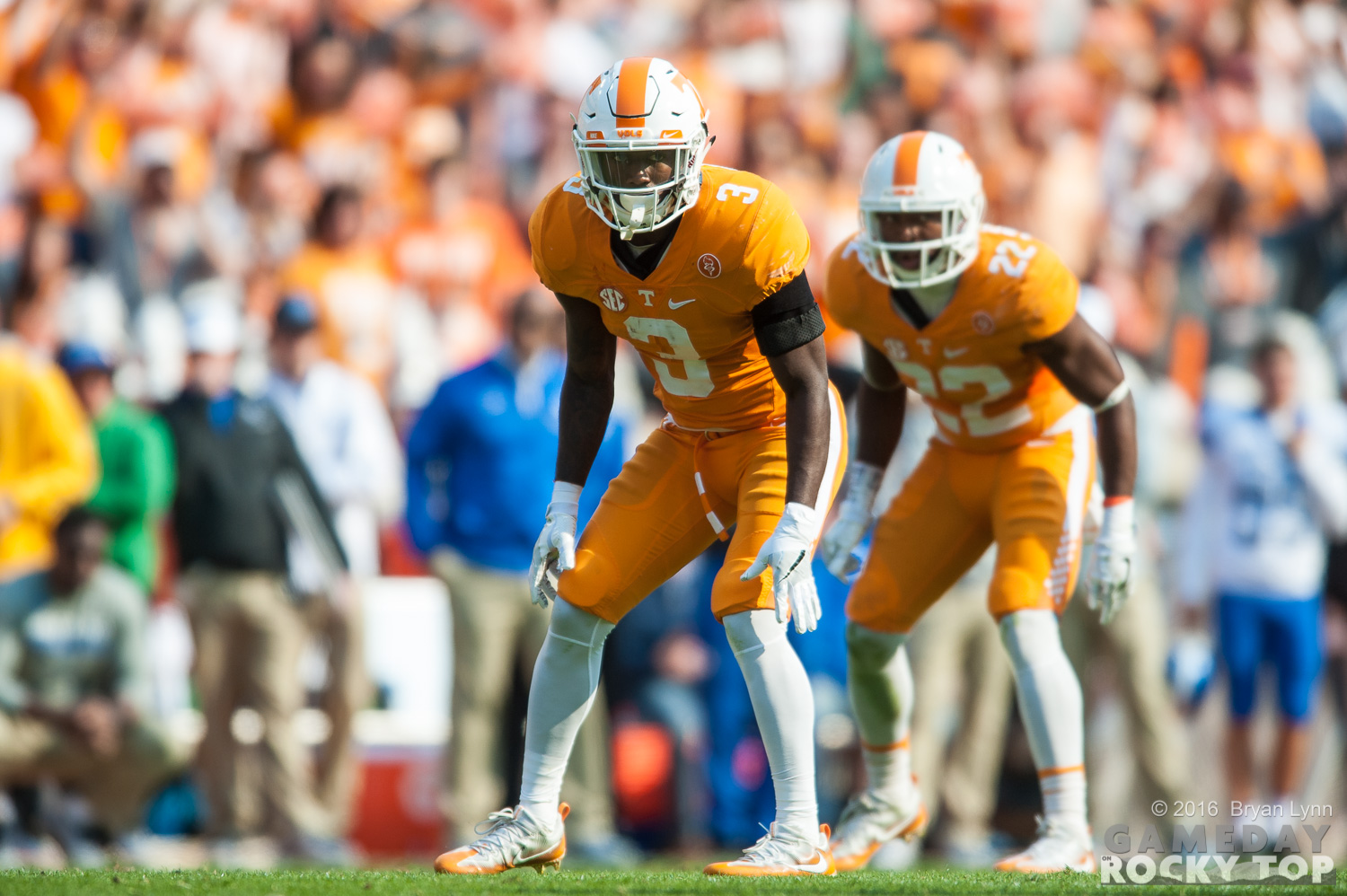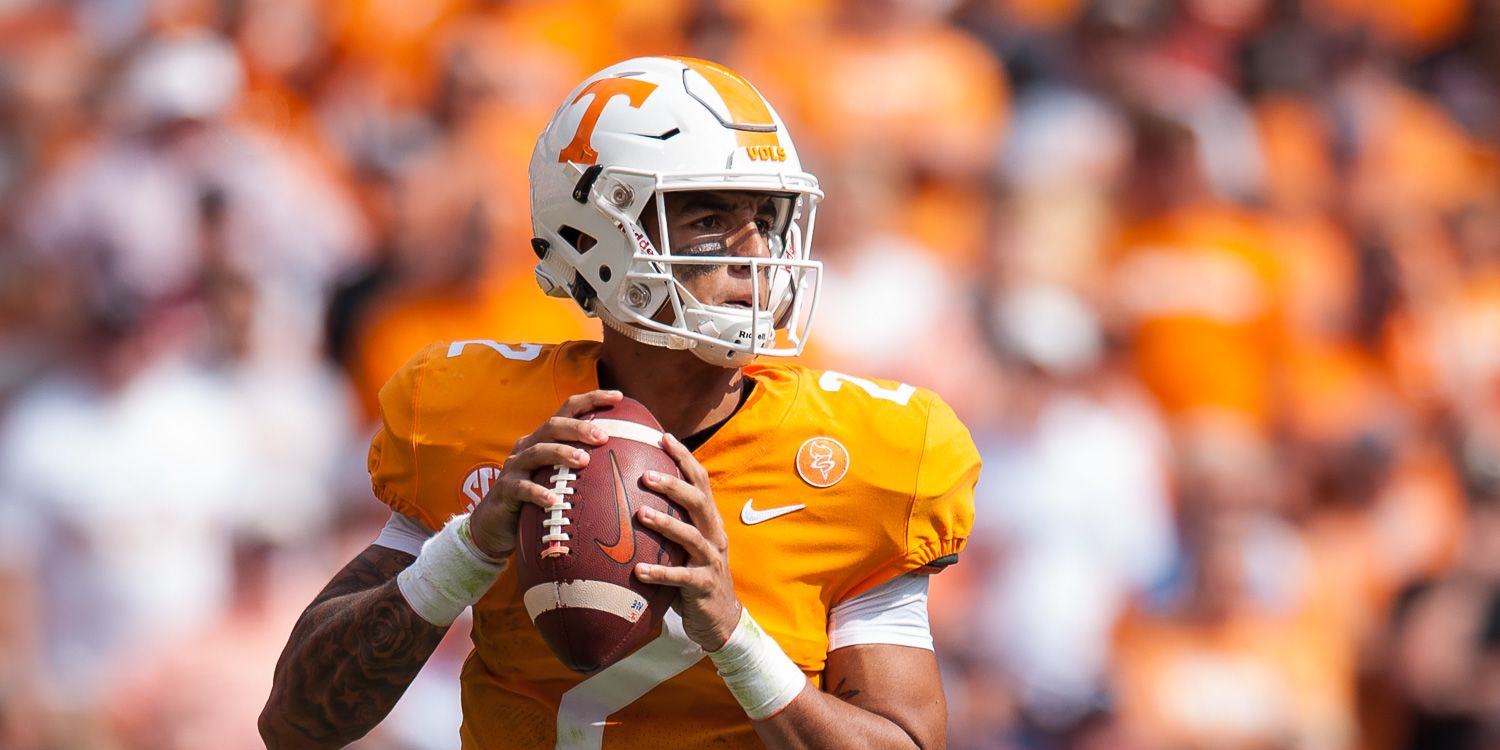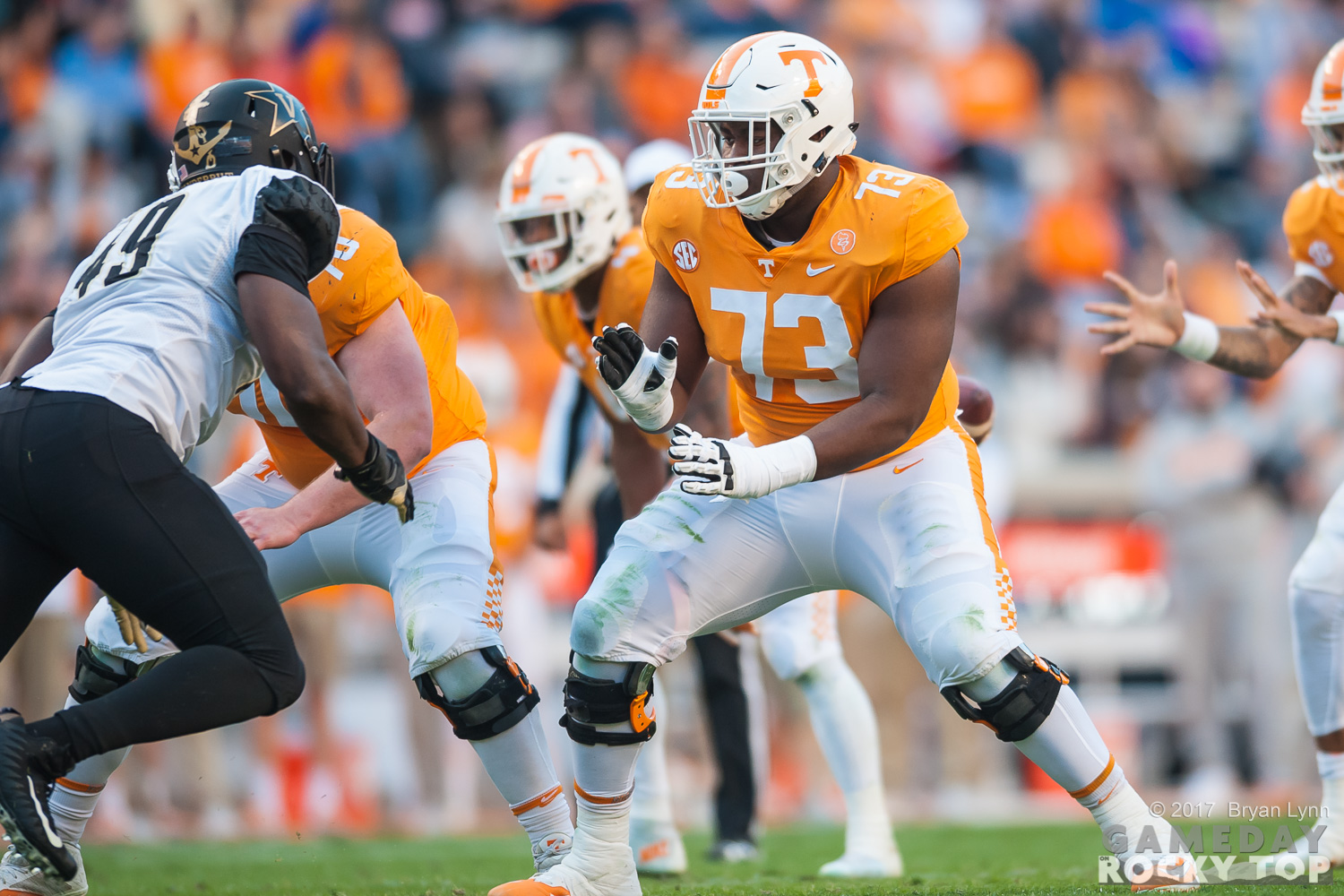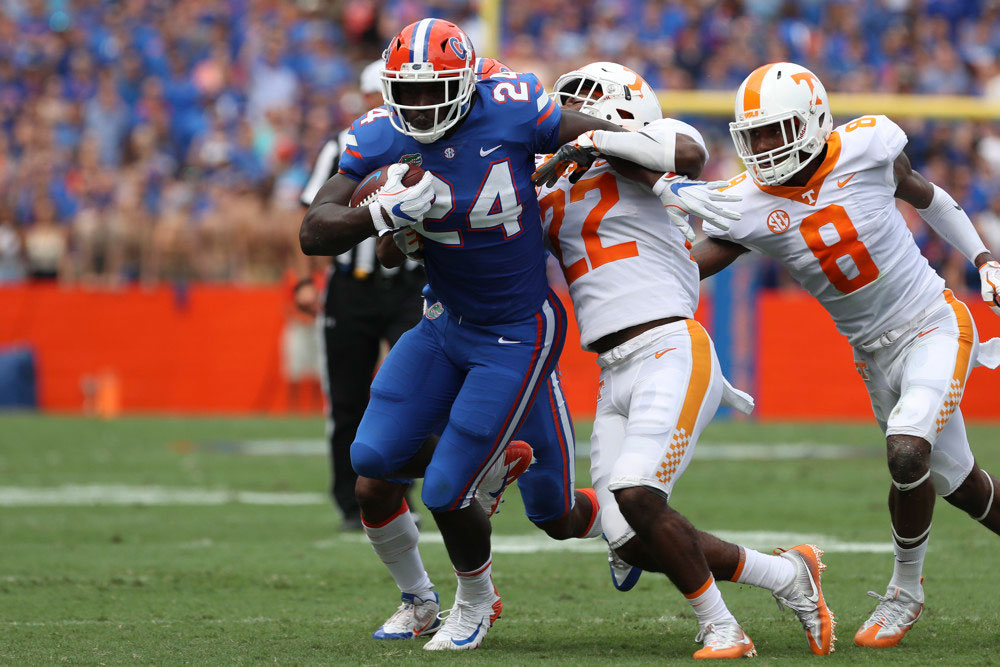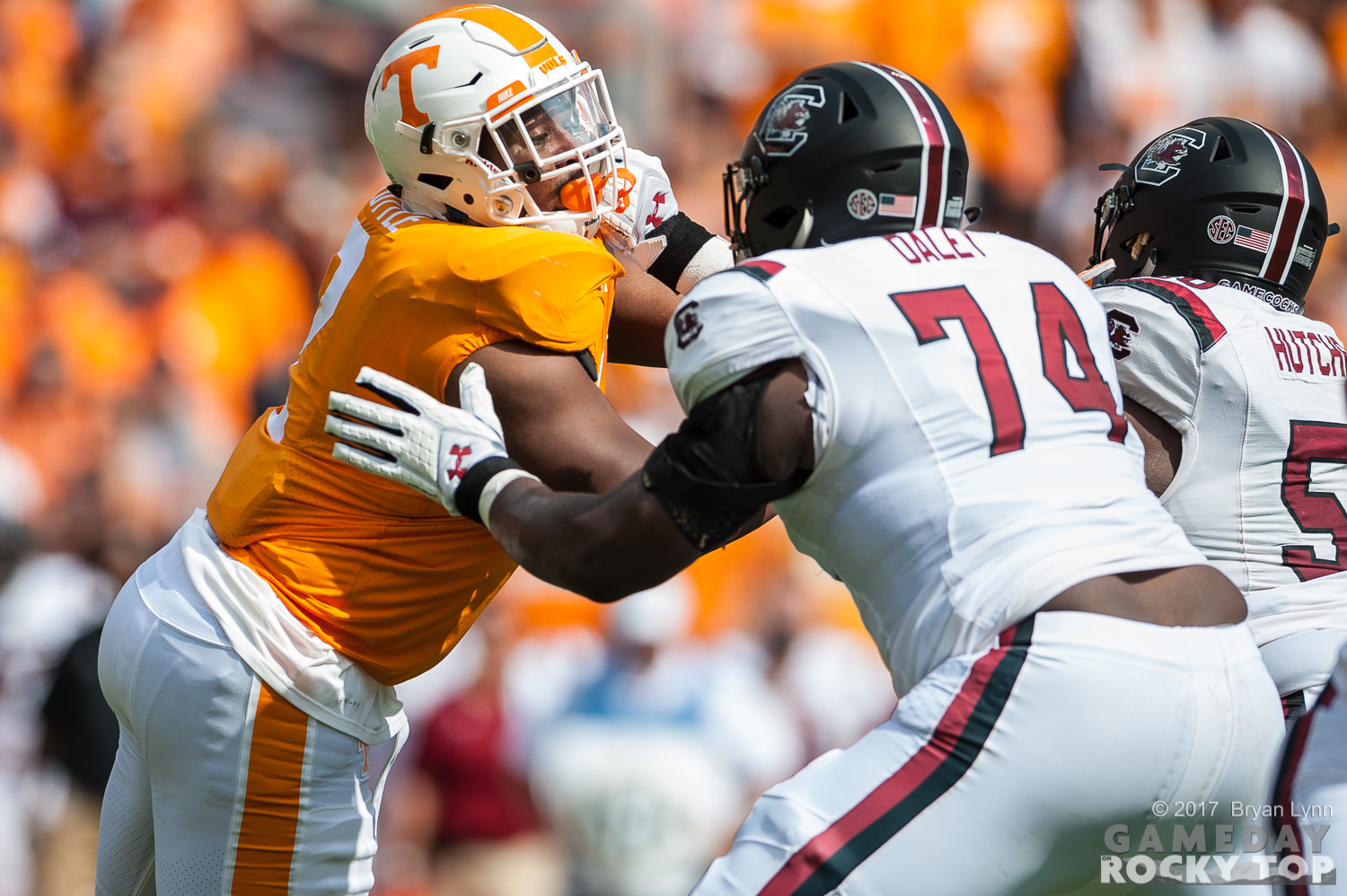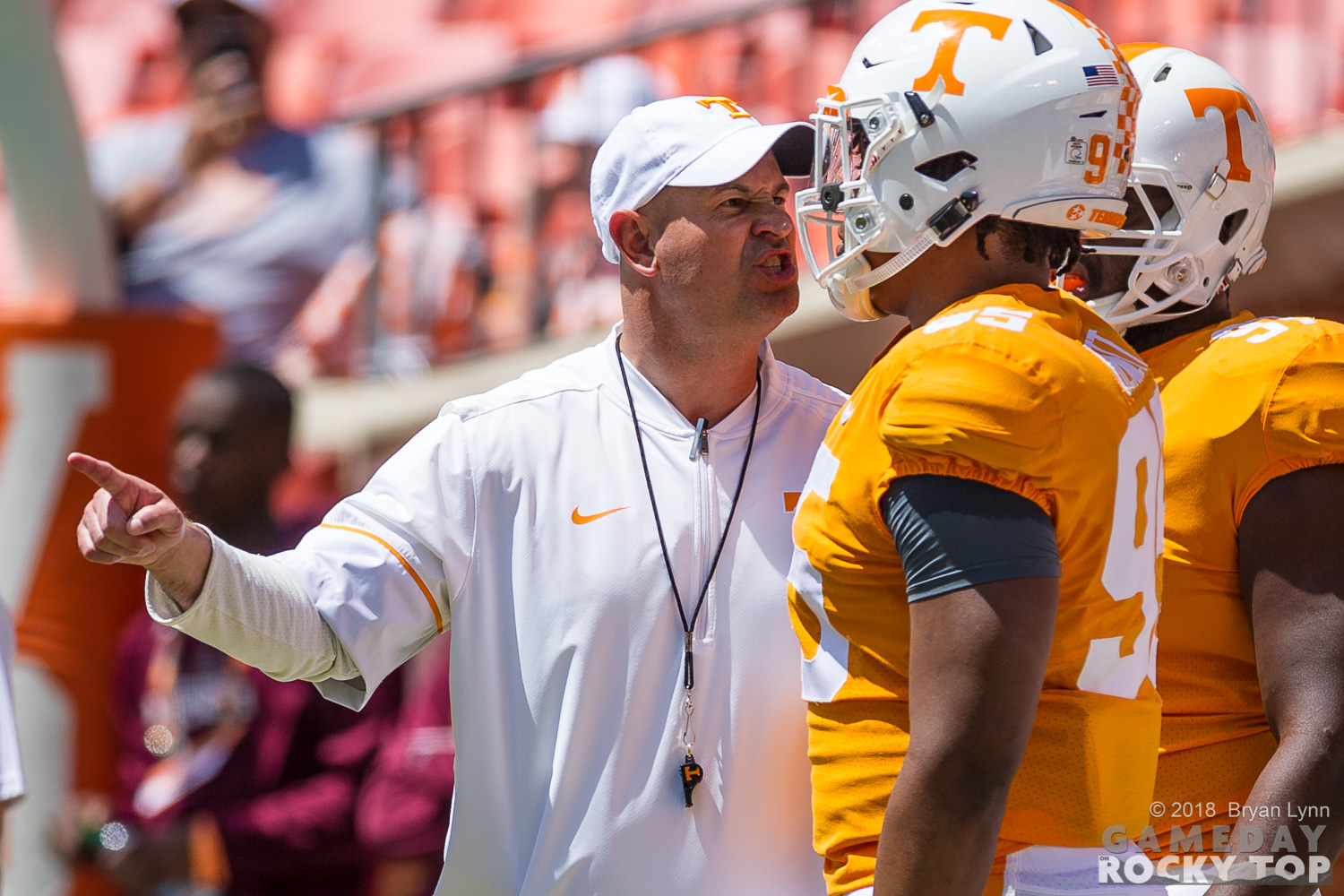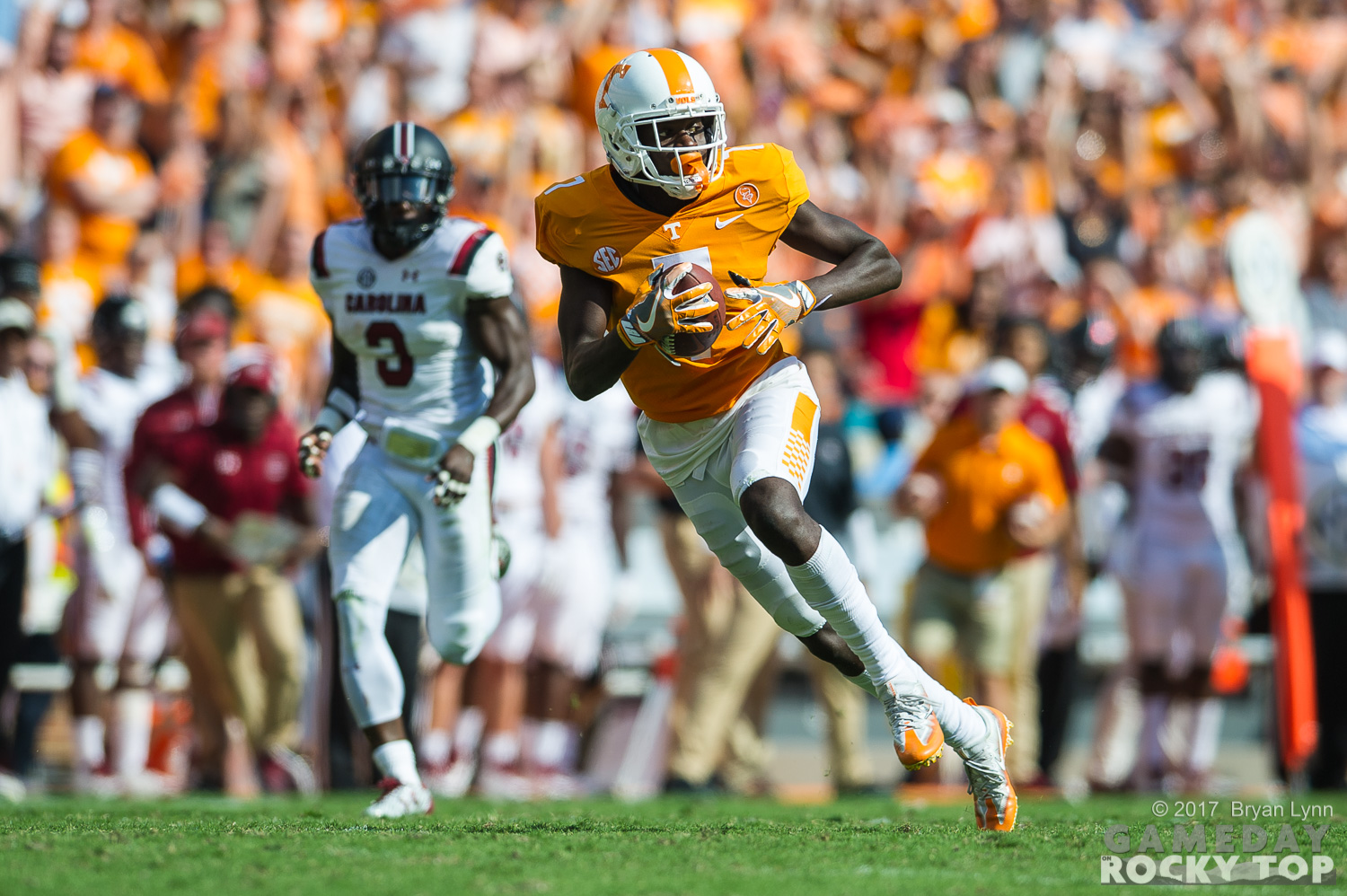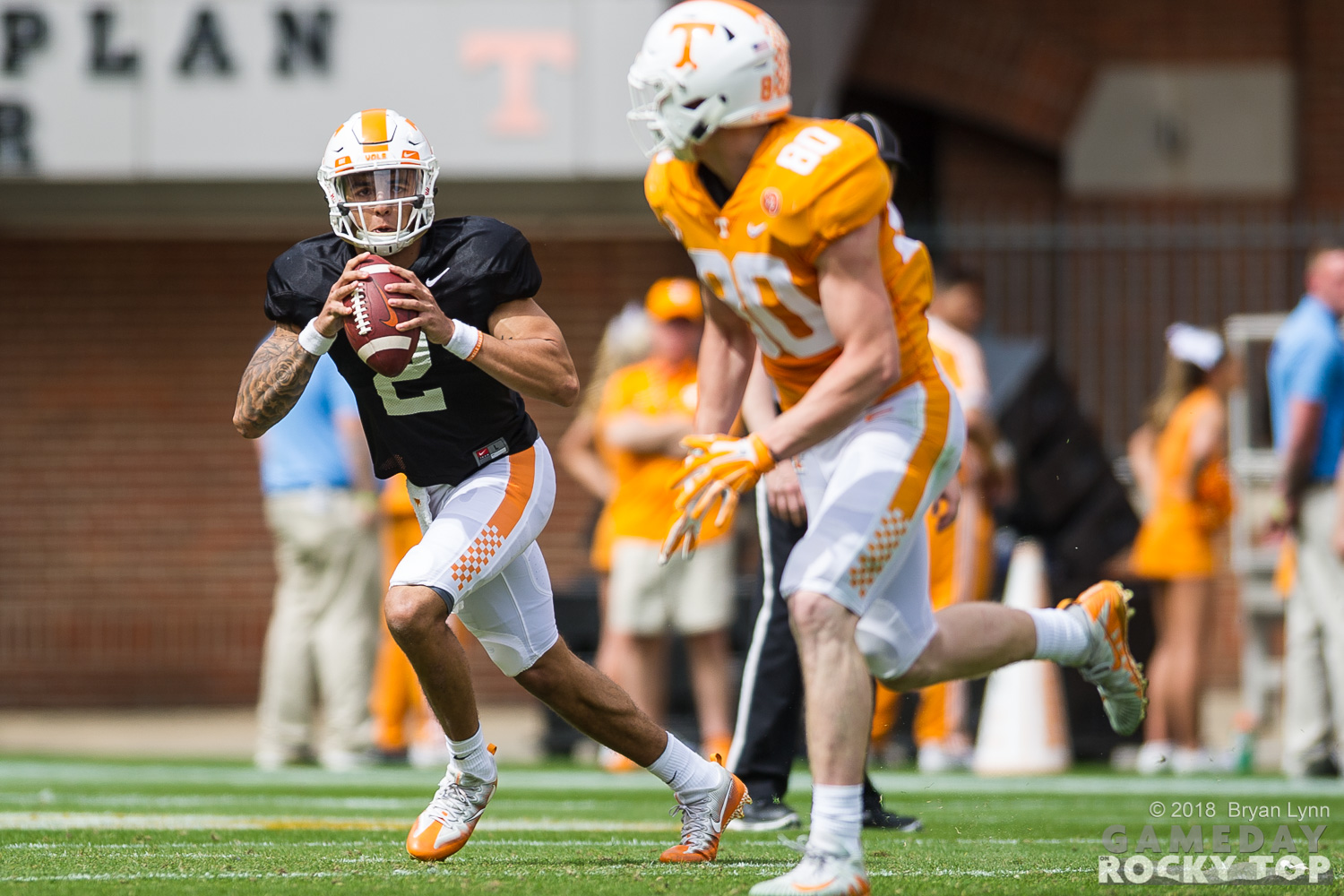A good question came out of this week’s return of the Gameday on Rocky Top Podcast: when did you have the bigger wait-and-see mentality, right now or five years ago?
It’s no sin to say you need to see it to believe it with Jeremy Pruitt; after the last ten years, we all might need a little sight to go with our faith. But how does that compare to the way we felt on the eve of Butch Jones’ first season?
Neither being Tennessee’s first choice, Jones and Pruitt also inherited more years of disappointment than their infamous predecessors in the last ten years. The additional years of disappointment under Jones might make us more wait-and-see with Pruitt by default; the Vols have now been down for ten years instead of five. Butch Jones also had the benefit of a more-celebrated group of commitments earlier in his tenure. Some of this was via name and location: early recruiting wins on guys like Jalen Hurd and Todd Kelly Jr. dramatically changed the conversation on Jones, giving one the impression that he could turn this program around with talent like that in the fold. Pruitt’s early set of commitments during his first fall camp is still impressive, but Jackson Lampley is the only in-state/legacy blue chipper on board at the moment; the new staff’s highest-rated commits are from Georgia and North Carolina.
However – and due, of course, to Jones’ recruiting – it feels like Tennessee easily has more talent on the roster right now than in 2013. Five years ago we knew the Vols had a sensational offensive line, but little else. Ultimately in that season three of Tennessee’s five leading receivers – Marquez North, Jason Croom, Josh Smith – were freshmen, and after injury freshman Josh Dobbs took over at quarterback. Cam Sutton and Malik Foreman were day one starters in the secondary, Corey Vereen was a factor on the defensive line…you get the idea. The talent that left after 2012 and some of the recruiting failures at the end of Dooley’s tenure left the cupboard far more bare than it seems right now.
Of course, the guys in the cupboard right now just went 4-8 last year and lost five times by 17+ points.
When you hire someone with six years of experience as a head coach, you know more going in. Butch Jones had done a good job on the mid-major level, and most of the initial questions with him were how he would recruit at the level Tennessee needed. We thought Jones could get us to at least nine wins, and he did…it just turned out that was also his ceiling. With Pruitt, the basement is deeper – he’s never done it, maybe he’s just a great coordinator but a lousy head coach – but the ceiling also seemed higher on day one. We applauded Phillip Fulmer when Pruitt was the choice for not playing it safe with Les Miles or easy with Tee Martin, but going with someone with more risk/reward.
So going into this first year, I find myself a little less wait-and-see with Pruitt than I was with Jones, even if I’m still significantly more wait-and-see than at any other point in my three decades of fandom. Dooley wasn’t a great hire and we knew it at the time, but anyone would’ve galvanized us after Kiffin, and in 2010 the Vols were only three years removed from a division title. For at least the year one prospects, I’m slightly more optimistic right now than I was five years ago.
You can see it a little bit from Vegas too. Right now the Vols are 9.5-point underdogs in a neutral site game against #20 West Virginia. In Jones’ first year, the Vols were 28-point underdogs at #2 Oregon. There’s plenty of room between #2 and #20, but +28 is the second-biggest underdog the Vols have been in the last five years (and maybe ever); Alabama was +36 last year (and covered). This time five years ago I was just worried about trying to beat Western Kentucky.
There’s not a right or wrong answer here, but there’s enough good happening with Pruitt and just enough good Jones did in recruiting to make me slightly less wait-and-see right now than I was five years ago. It’s starting over, but it might not be from scratch. We’ll see.
